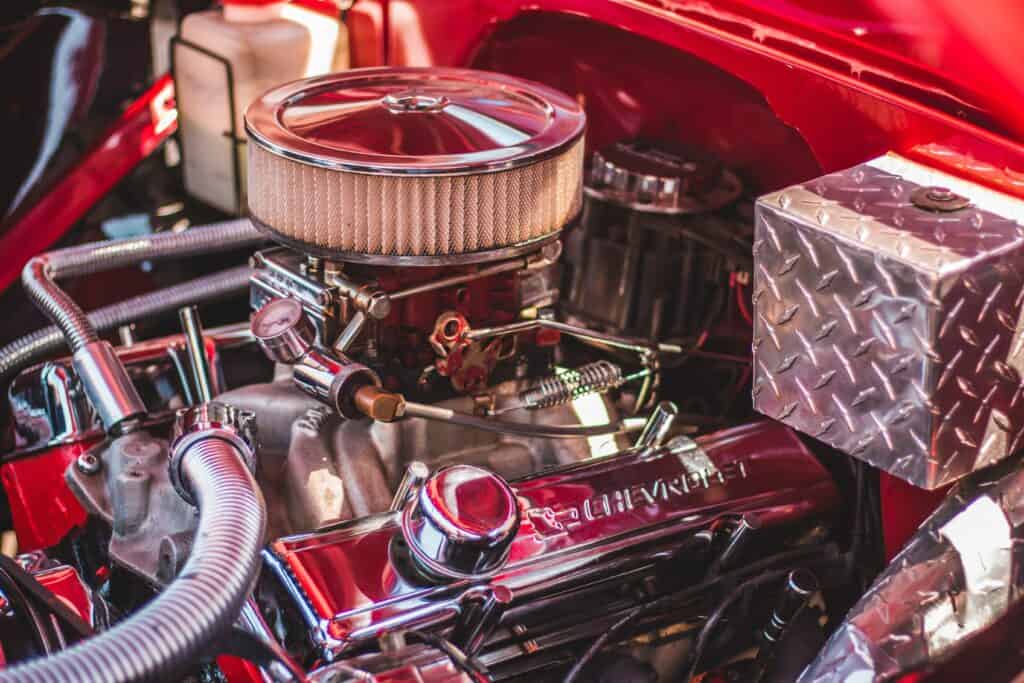As an Amazon Associate we earn from qualifying purchases.
The potential of engine oil depends upon its flow. And both SAE 30 and 5w30 have an ideal flow to help revive the engine components and give them life.
Following that, choosing an oil then depends on the specifications, which will eventually enhance your vehicle’s performance. In that list of different oil types, SAE 30 and 5w30 are both efficient and affordable options. However, there are subtle differences.
SAE 30 vs 5w30
Vehicle engines are prone to experience temperature fluctuations. And engine oils are important in neutralizing that adversity.
Apart from that, engine oil is also essential for lubrication, which prevents friction within the engine’s mechanical parts. Untimely replacement will damage the functionality of the engine and will lead to hefty repair expenses.
For example, motor oils like SAE 30 and 5w30 can assist the engine to function properly. But, they do have specific differences. In this article, SAE30 vs. 5w30, you can get a clear insight into these oil types, which in turn, will help you make a better choice.
SAE 30 Specifications
SAE (Society of Automotive Engineers) has given this single-grade oil a straight rating of 30. The number 30 here determines the viscosity of this oil and has no detergent contents in it.
Also, it is ideally considered to be used in all small motor engines, such as lawnmowers, generators, and any of the 4-stroke garden tools.
Furthermore, the maximum viscosity of this oil is 30, and it thickens when the temperature of the engine rises during summers or while the engine is constantly running.

SAE 30 oil should not fall below 50 degrees Celsius; else, it becomes less slippery within the components. In addition, the composition of this oil allows it to flow smoothly at usual running temperatures.
However, as it is monograde, it doesn’t allow optimal friction control at low temperatures. Therefore, it is solely preferable for vehicles or equipment operating in hot regions or during summer seasons.
SAE 30 is otherwise suitable for small air-cooled engines like small tractors or chain saws. The high rating of this SAE 30-grade oil determines that it is thick.
And, this is the sole evidence of its ideal performance in high temperatures. Most classic car owners also intend to use SAE 30, as these cars have specific engine construction.
In addition, the classic cars are often driven in the summer months, between April to October. Thus, the use of monograde SAE 30 oil is optimal for such diesel or petrol engine cars.
5w30 Specifications
5w30 is a multi-grade engine oil that is different from that of SAE 30. Yes, you can use 5w30 in place of SAE 30 oil, but vice versa isn’t possible!
5w30 is modern engine oil that is preferable for all light-duty diesel and petrol engines. The meaning of multi-grade here is that this oil has a viscosity range that determines its potential to perform at low and high temperatures, especially when paired with 10w30.
The numbers mentioned in the name of this oil type are to enlighten you about its viscosity range. For example, the number 5 denotes the viscosity of this oil at low temperatures.
And the number 30 denotes the viscosity at high temperatures. Furthermore, when also compared to 0w30, 5w30 has the potential to perform at the lowest temperature up to -30 degrees Celsius and for the highest temperature up to 35 degrees Celsius, similar.
Even though 5w30 is preferable for both hot and cold regions, it is wise to use this oil for cars running at winter temperatures, similar to the 5w20.
It is because the free flow of this oil is efficient at low temperatures, and it also has the potential to prevent oil breakdown at critical summer temperatures. Hence, the chances of wear and tear on the engine will be less over time.
This motor oil has the potential to perform optimally in a wide variety of vehicles or engines. Therefore, people call it a versatile engine oil! Moreover, when the engine is facing difficulties, this engine oil offers safe viscosity to help it maintain its functionality.
It is quite expensive than SAE 30, but it is worth the investment! Also, it protects the engine and internal components, thereby enhancing their life span.
Similarities of SAE 30 and 5w30
- These oils have similar high-end viscosity of 30.
- Both these oils thicken at high temperatures for efficient lubrication.
- Both SAE 30 and 5w30 can be preferable for engines working in hot temperatures or summer seasons.
Differences of SAE 30 and 5w30
- SAE 30 is a monograde oil, whereas 5w30 is a multi-grade oil.
- SAE 30 is a non-detergent oil, in contrast to 5w30 oil which has detergent additives.
- Also, SAE 30 is not preferable for vehicles at low temperatures, whereas 5w30 is ideal for all seasons.
- The operating viscosity for SAE 30 is 9.3 to 12.5mm2/s. But, the operating viscosity for 5w30 is 3.8 to 12.5 mm2/s.
Major Distinguishing Factor
The major distinguishing factor between the 5w30 and SAE 30 motor oil depends upon their viscosity indexes. The viscosity index for the 5w30 engine oil is 154, whereas for SAE 30, it is 98.

When to Use SAE 30?
SAE 30 is preferable only for vehicles that are operating in hot climates or high temperatures. Also, it is ideal for small motor engines such as small tractors, lawnmowers, garden tools, and others.
Therefore, consider these two factors to ensure that you choose SAE 30 for the right optimal use.
When to Use 5w30?
5w30 is a multi-grade oil and is preferable for use in all seasons. Whether you are running your vehicle in cold regions or hot temperatures, this oil is ideal for giving ultra-level protection to the engine. Moreover, it is also preferable for light-duty petrol and diesel engines.
Final Verdict
These informative points do hold a great emphasis in highlighting the key features of these two oil types. Make the oil functional inside your garage and consider the manufacturer’s manual and the potential differences to choose the suitable one for offering high-end performance to your vehicle or equipment.

